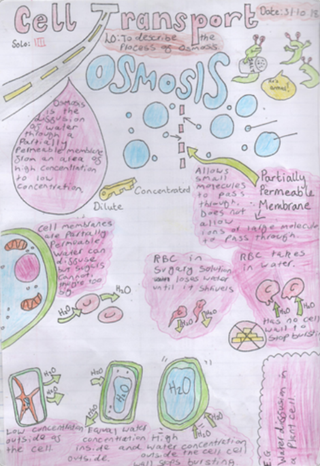Dual Coding
DUAL CODING
Dual coding is a learning strategy that combines verbal and visual information to enhance understanding and memory. By integrating words and images, you can create stronger connections in your brain, making it easier to recall information later.
How to Use Dual Coding Effectively
- Identify Key Concepts: Start by identifying the main ideas or concepts you need to learn.
- Create Visuals: Draw diagrams, charts, or mind maps that represent these concepts. Use symbols, icons, or simple drawings to illustrate ideas.
- Add Explanations: Write brief explanations or keywords next to your visuals. Keep the text concise and focused.
- Combine Text and Images: Ensure that each visual is paired with a corresponding explanation. This helps reinforce the connection between the two.
- Review Regularly: Go through your dual-coded notes frequently. Focus on the visuals and try to recall the associated information.
Top Tips for Getting the Most Out of Dual Coding
- Use Different Colours: Differentiate topics or difficulty levels with various colours.
- Keep It Simple: Avoid cluttering your visuals with too much detail. Focus on the main points.
- Use Bullet Points: For text, use bullet points to keep information clear and organized.
- Incorporate Symbols and Emojis: Add symbols, emojis, or drawings to make your notes more memorable.
- Shuffle Your Notes: Regularly shuffle your notes to avoid memorizing the order rather than the content.
- Pair Up with a Study Buddy: Quiz each other using your dual-coded notes.
Why Dual Coding Helps You Learn Better
Dual coding leverages both verbal and visual memory, making it easier to understand and remember information. By engaging multiple parts of the brain, this method enhances long-term retention and boosts confidence. Research shows that combining words and images is one of the most effective study strategies.
Examples of Dual Coding
Concept: Osmosis
Visual: Draw a diagram of water molecules moving through a semi-permeable membrane.
Text: "The movement of water molecules from a high to a low concentration across a semi-permeable membrane."

